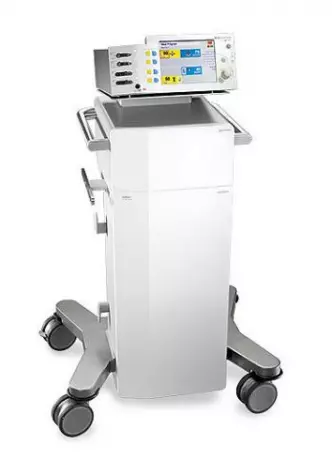
Electrosurgery We have been setting the course in electrosurgery again and again for more t...
Portal and digital medical technology fair of the largest MedTech cluster in Germany
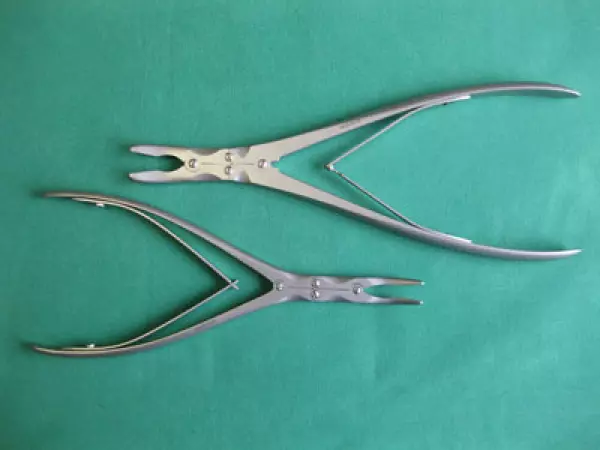
Repair service for standard surgical instruments
We repair MIS instruments from all well-known manufacturers , drive systems such as drilling hoses,...
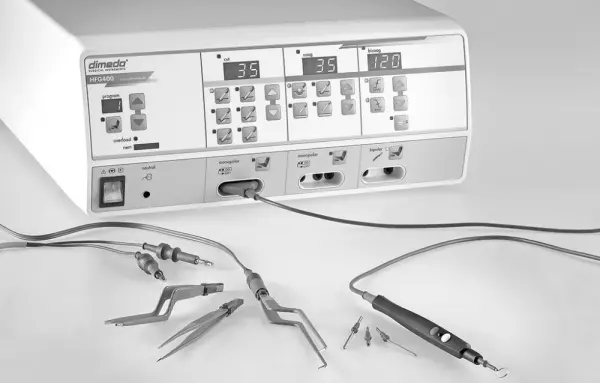
DIMEDA offers an extensive portfolio of new and innovative products in the field ofelectrosurgery. W...
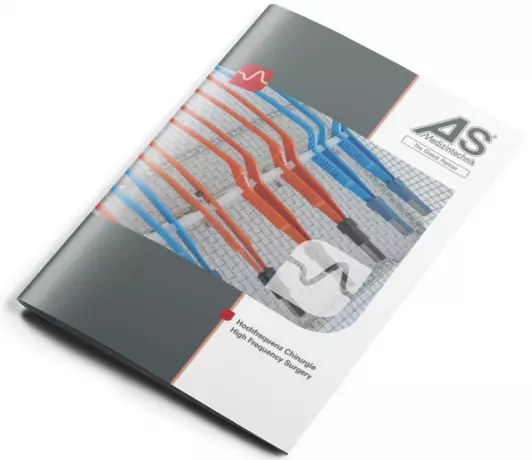
Monopolar and bipolar instruments for HF...
Cutting, coagulation or both in combination has become a standard operating procedure over the last...
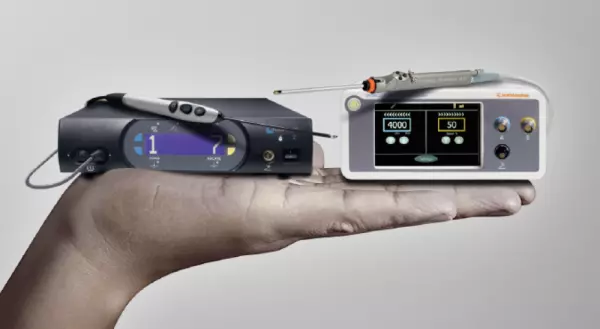
Quantum 2 - The Coblation System - Sports...
The Quantum 2 system is the most dynamic system we have created. Together with our Multi-Electrode A...

The use of high-frequency radio wave electrocautery in surgery is relatively recent. However, it has been used successfully in various surgical procedures. The Ellman Surgitron Dual Frequency RF S5 is a surgical tool manufactured by Ellman International, Inc. in Hewlett, New York. The study involved over 200 patients who underwent the operation at Korea University Guro Hospital. Data were collected from medical records, including demographics and ocular symptoms. Patients were also evaluated for the severity of their keratopathy and the time and duration of the procedure. During the procedure, the frequency of the high-frequency wave was recorded. The success rate and complications were also recorded.
The use of high-frequency electrosurgical devices has become a major form of electrosurgery for years. During surgery, the electrical energy is used to seal or cut tissue. The treatment is performed with special applicators that deliver the alternating current. The tissue is treated by interacting with the high-frequency waves through thermal interaction. These devices are used to stop bleeding, perform endoscopic surgery, and perform deep coagulation. A more detailed overview of the different applications of this technology can be found in the article group HF Surgery.
Unlike standard surgical methods, high-frequency electrosurgery is a safe and effective way to perform surgery. By using an electrosurgical unit, the frequency of the electrical current used in a procedure is reduced. The low-frequency devices are used for procedures where the electric current will not cause nerve or muscle stimulation. The high-frequency units are also known as radiofrequency generators (RFGs), and they produce high-frequency radio waves.
The dispersive electrode is used to place the RF beams near the target area. The dispersive electrode is a metal plate or flexible metalized plastic pad. An active electrode is a blade-shaped or pointed electrode, which is connected to the electrosurgical unit. The RF generator produces a strong and continuous electrical current in the patient's body. The surgeon uses a pointed or blade-shaped electrosurgical device to apply the energy.
When performing high-frequency surgeries, a high-frequency device is used that has one single electrode. The electrosurgical machine is connected to an electrosurgical unit or RF generator. The surgeon applies a blade-shaped or pointed electrode to the affected area. The dispersive electrode is the part that exerts the tissue effect and the active electrode is the one used to control the patient. The dispersive electrode can be a large metallic plate, but it is usually a plastic or metalized plastic plate.
The high-frequency surgery instrument is a pair of surgical forceps that consists of two electrically insulated arms. The surgeon connects these instruments to the high-frequency generator through the insulator. The surgeon can then manipulate the frequency with an appropriate setting. The power level of the device is controlled by a low-voltage transformer. The power supply is the main source of the electric current during the procedure. The patient is not exposed to the electric current.
Become a digital exhibitor yourself in the online portal of the largest and best-known MedTech cluster region in Germany and inform the world of medical technology about your products and services as well as about news, events and career opportunities.
With an attractive online profile, we will help you to present yourself professionally on our portal as well as on Google and on social media.